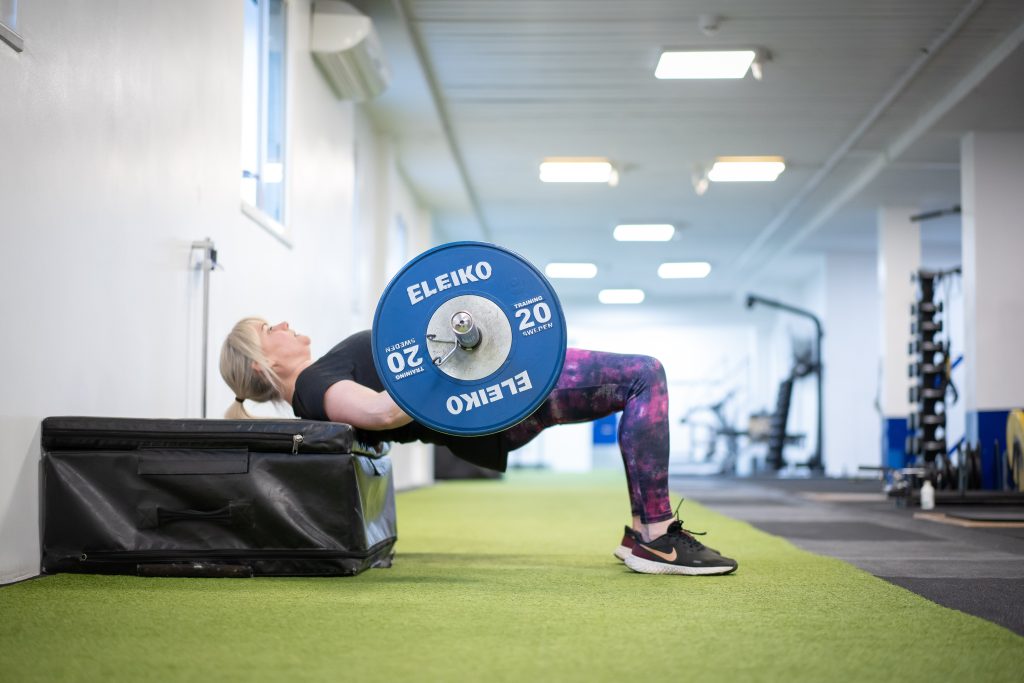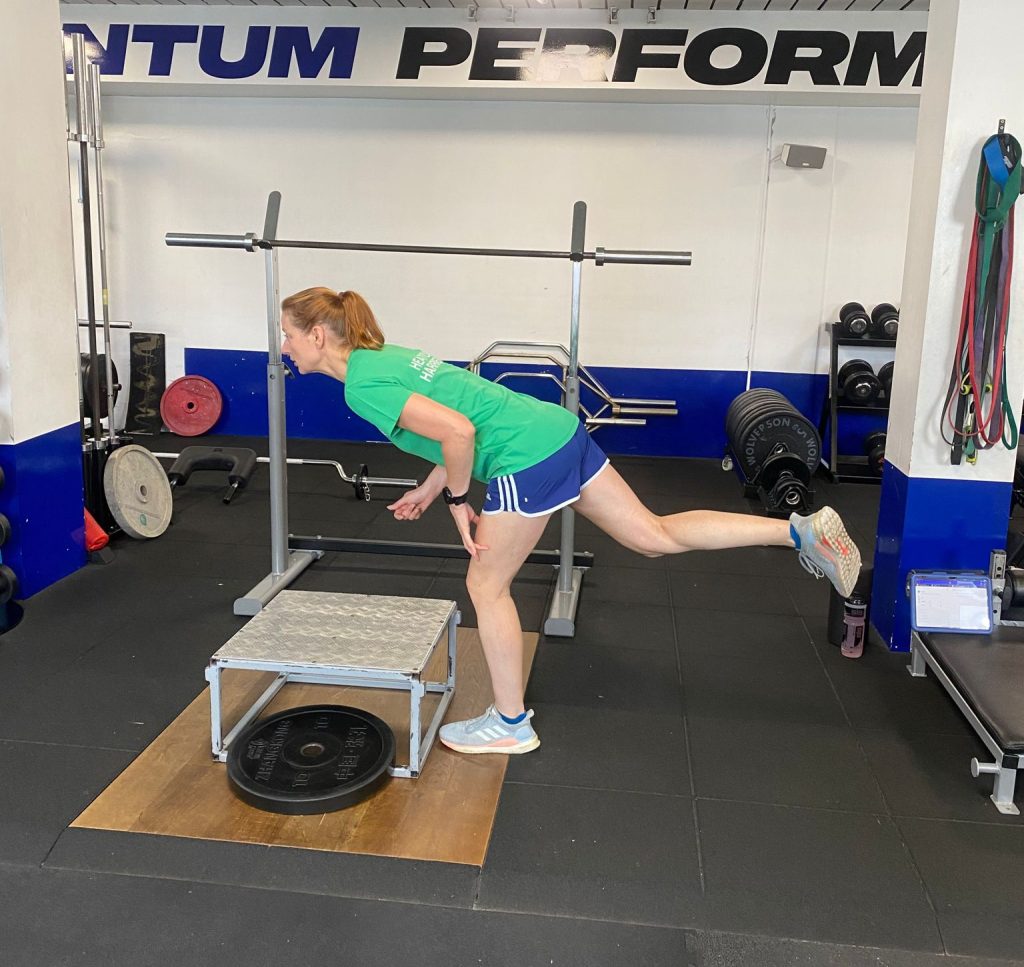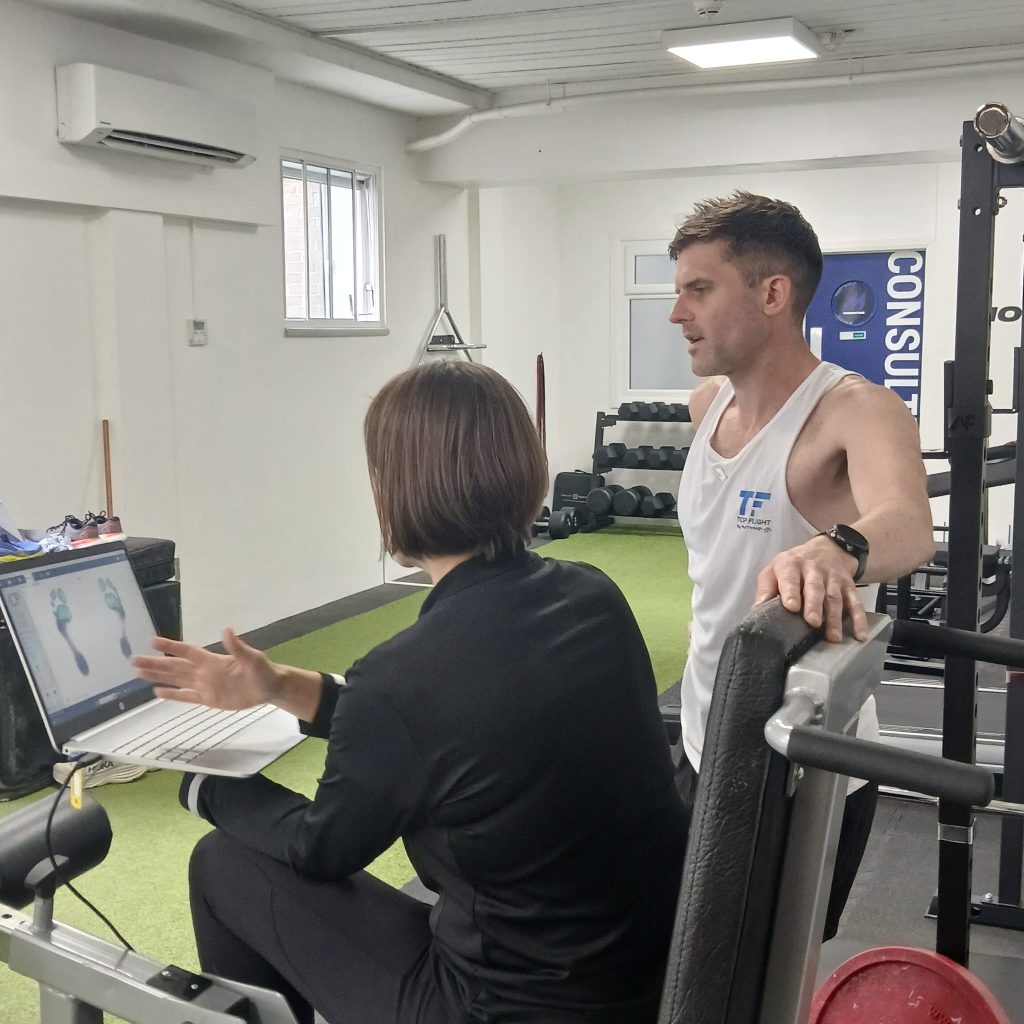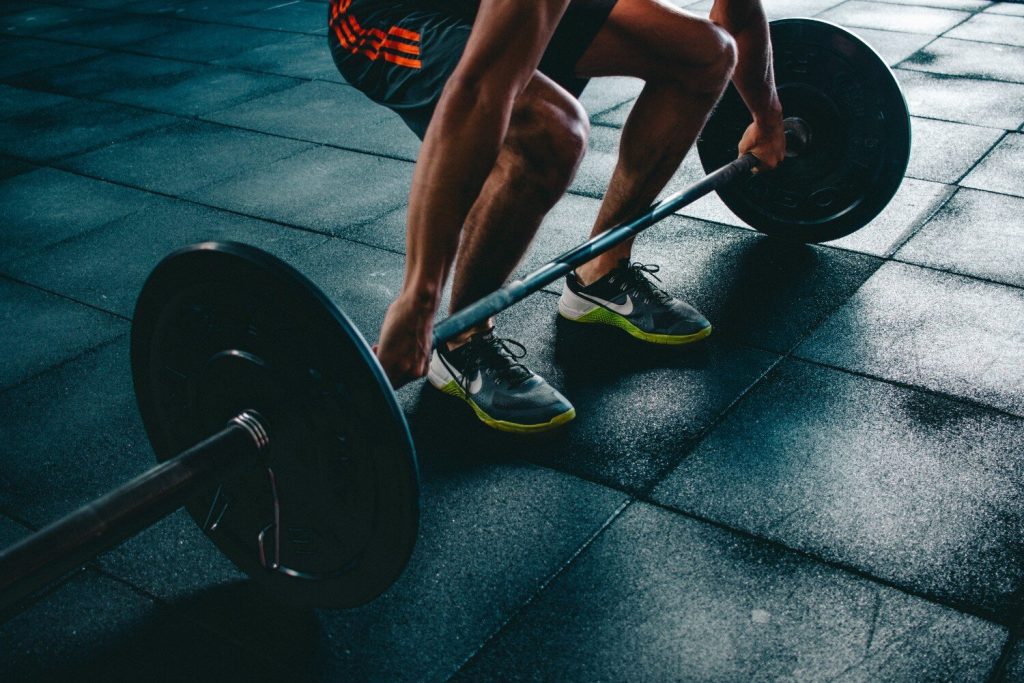Running is a popular and effective form of cardiovascular exercise, but it can also lead to various injuries, including those related to the gluteal muscles. The glutes, comprised of the gluteus maximus, medius, and minimus, play a crucial role in maintaining stability and power during running. Understanding the three-dimensional function of the gluteal muscles and how injuries can occur is essential for both runners and those in the field of sports. In this comprehensive blog post, we will delve into the intricacies of gluteal function in three dimensions and explore injuries in runners.
Anatomy of the Gluteal Muscles
Before we dive into the three-dimensional function and injuries, it’s crucial to understand the anatomy of the gluteal muscles. These muscles, particularly the gluteus maximus, medius, and minimus, are responsible for hip movement, stability, and power generation during running.
The gluteus maximus, the largest of the three, primarily extends the hip joint. The gluteus medius and minimus are smaller but essential for abduction and rotation of the hip. The hip socket itself is deep and stable, the glute musculature is also designed to absorb force. For runners they are exposed to minimum 4 times their body weight as a ground reaction force therefore it’s Important to ensure we have a hip and gluteal complex that can absorb such load.
Three-Dimensional Function of the Gluteal Muscles
1. Sagittal Plane Function:
• The gluteus maximus predominantly works in the sagittal plane, extending the hip during the push-off phase of running. However, creating tension in this muscle predominantly occurs from a hip that is flexed but extending.
• It generates power and propels the runner forward during each stride.
• Weakness in the gluteus maximus can lead to poor forward propulsion and overloading of other muscles and joints such as knee, calf and hamstrings.
2. Frontal Plane Function:
• The gluteus medius and minimus operate in the frontal plane, preventing the pelvis from dropping on the unsupported side during single-leg stance.
• These muscles are crucial for maintaining pelvic stability and controlling lateral movement during running. Lateral movements equate to energy leakage and results in a lack of ability to absorb the force into the hips and could contributing factors to Gluteal tendinopathy, knee pain, shin splints to name a few.
3. Transverse Plane Function:
• The gluteus medius and minimus also have a role in the transverse plane, controlling hip rotation during gait.
• Proper control in this plane helps maintain efficient and injury-free running.
Common Injuries in Runners
Gluteal Tendinopathy:
Gluteal tendinopathy, often referred to as “runner’s butt,” is a common injury among runners.
• It involves pain in the gluteal tendons, particularly the gluteus medius and minimus tendons which is generally experienced in the outside of the hip near the hip bone.
• Overuse, poor running form, and insufficient strength are contributing factors.
Iliotibial Band (ITB) Syndrome:
• While the ITB isn’t part of the gluteal muscles, it connects to the gluteus maximus and can lead to injuries.
• ITB syndrome often results in pain on the outer part of the hip, thigh, and knee and is exacerbated during running. The ITB causes compression around the lateral knee generally from the joint line to four fingers up. Compression is contributed to by weakness in the frontal plane of the hip i.e. the hip moving sideways.
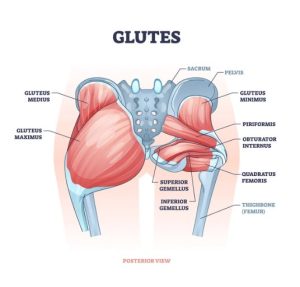
Preventing and Treating Gluteal Injuries
Preventing and treating gluteal injuries in runners requires a multifaceted approach:
1. Strength Training:
• Incorporate exercises that target the gluteal muscles to build strength and stability. Remember for the hip to go into flexion and extension it is also required to move through internal and external rotation.
• The type of strength training given needs to be specific to your weakness of movement.
• General lunges and single leg work is a good starting point, by understanding which of the three planes of movement the hip is weak in will accelerate your rehabilitation and conditioning.
2. Running Form:
• Focus on maintaining proper running form, everyone runs differently, there is ideal models and postures. However, this becomes more specific to the individual, and the distance they run and the terrain the run on.
• Avoid over striding. Over striding can lead to an increased chance of shin splints. It effectively acts a breaking lever every time your foot hits the floor is initially slowing you down.
Conclusion
Understanding the three-dimensional function of the gluteal muscles and the potential injuries that can occur is vital for runners. Runners can reduce the risk of gluteal injuries and enjoy a healthier pain-free running experience by:
- Taking a proactive approach to strengthening these muscles.
- Maintaining proper running form
- Seeking professional guidance when needed.
It is important to note that the glutes always function, for example if your climbing stairs, sitting to stand and walking there is neural involvement in the glutes, so an understanding that glutes switch off is a floored concept or merely misunderstood.
Always remember that individual experiences may vary, and the complexity of the gluteal muscles group are more varied than you may think. Therefore if “Your Physio said my glutes are weak” understanding the nature of the weakness is important for engagement and successful recovery.
Please note that the injuries above are not exhaustive, but for the nature of this blog and its context therefore further injuries have not been discussed. If you have any questions or are struggling with an injury, please get in touch or book online.
